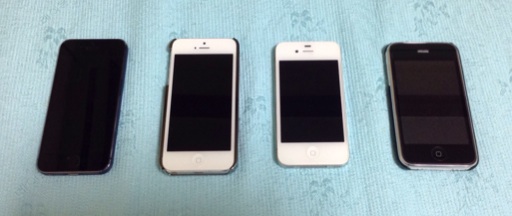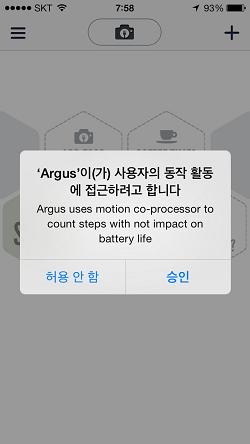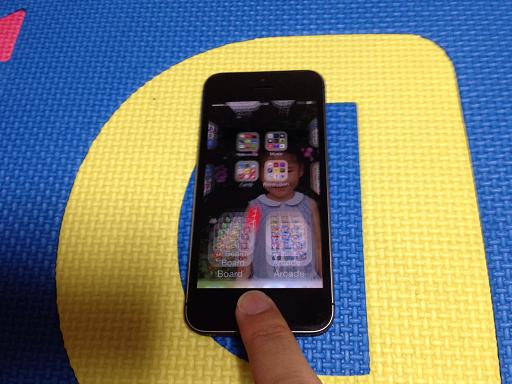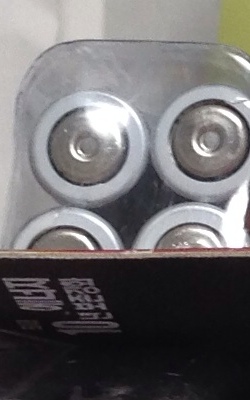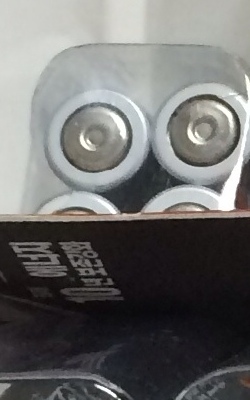SKT "wide band" LTE on iPhone 5S
Posted by Wesley on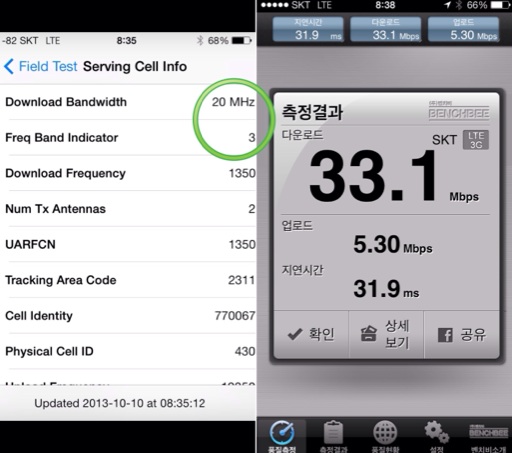
Wide band LTE supported, but actual speeds vary
These screenshots tell you about the reality of SKT (Korea's #1 mobile carrier by subscriber count) LTE network working on iPhone 5S.
First of all, the so-called "wide band" LTE does work on it. In the "Serving Cell Info" within Field Test app, "Download Bandwidth" shows 20MHz, which is twice as wide as the regular LTE service. "Freq Band Indicator" says 3, which means it's operating at Band 3 (1800MHz). This is SKT's secondary LTE frequency, as well as where the wide band service is provided.
SKT's cell towers with Band 3 support, let alone being wide band, is currently limited largely to Seoul metropolitan area. In fact, these screenshots were shot at Samseong subway station in Gangnam district (yes, THAT Gangnam), the area which can arguably be called the central business center of Korea.
SKT has just started bringing wide band support to Band 3 towers last month, with 10 districts (out of 25) in Seoul getting the treatment as of today. Nationwide deployment is said to be done by mid-2014. So while SKT is blasting away advertisement about how it has both LTE-A and wide band LTE, the people who can enjoy them is pretty limited, to say the least. KT (#2 carrier) is said to be slightly ahead, as it claims full deployment in all of Seoul at the end of last month.
The screenshot on the right shows the speed measurement, showing 33.1Mbps down and 5.30Mbps up. iPhone 5S can do 100Mbps downstream given the wide band support, but it only gets 1/3 of that. Of course, getting this much speed in the bustling commute of a large business zone is not unimpressive. But unless conditions are perfectly met, you won't see anything like the speeds that the ads are so proud to show you. Of course, you knew that already.
What it also means is that the maximum speeds that wide band LTE can supposedly provide, 150Mbps, isn't really going to be missed by iPhone 5S supporting "only" 100Mbps max. So prepare to enjoy your iPhone 5S - Apple says it'll be coming to Korea on October 25th.
